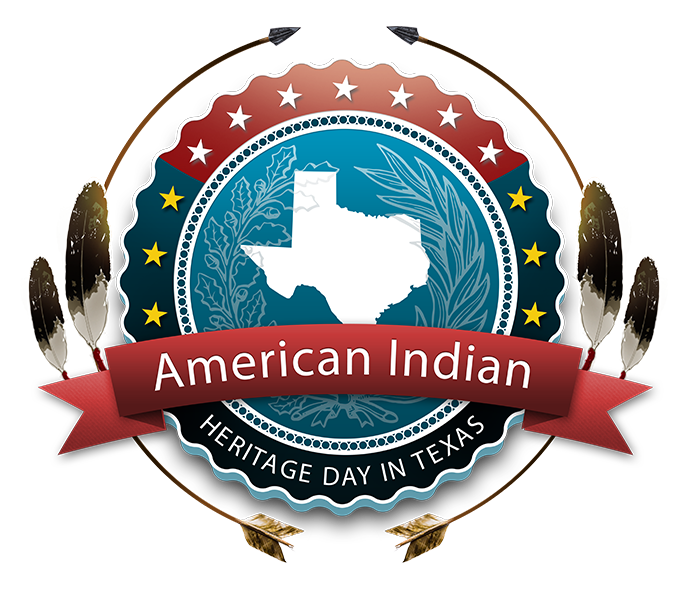The Bureau of Indian Affairs and Land Management: A Complex History
The Bureau of Indian Affairs (BIA) has a long and complex history in managing lands belonging to American Indians. Originally established to oversee the assimilation of Native Americans, the agency’s role has evolved to include resource management, trust administration, and support for tribal self-governance.
While the BIA has made strides in recent decades, its history is marked by significant challenges, including mismanagement, corruption, and a lack of respect for tribal sovereignty. This has led to a legacy of mistrust and ongoing disputes over land rights and resources.
Today, the BIA’s role in land management is multifaceted, with a focus on balancing federal trust responsibilities with tribal self-determination. However, issues such as inadequate funding, staffing shortages, and complex legal frameworks continue to pose significant obstacles to effective land management.
It is essential to acknowledge the historical and ongoing complexities of this relationship while recognizing the potential for positive change and collaboration between the BIA and tribal nations.
Bureau of Indian Affairs (BIA)
- What it is: The BIA is a federal agency within the Department of the Interior that oversees federally recognized tribes and individual Indians.
- Services: The BIA provides a wide range of services, including:
- Housing assistance
- Education support
- Economic development programs
- Healthcare services
- Law enforcement on tribal lands
- Natural resource management
- Rights: American Indians have certain rights under federal law, such as:
- The right to self-government
- The right to religious freedom
- The right to access and use tribal lands
- The right to receive BIA services
- Responsibilities: American Indians have certain responsibilities, such as:
- Obey tribal laws and regulations
- Pay taxes to the tribe
- Protect and conserve tribal lands
- Participate in tribal government
Bureau of Land Management (BLM)
- What it is: The BLM is a federal agency within the Department of the Interior that manages and protects public lands.
- Services: The BLM provides a variety of services, including:
- Recreational opportunities
- Grazing permits
- Timber sales
- Mining leases
- Renewable energy development
- Rights: American Indians have certain rights under federal law, such as:
- The right to access and use public lands for traditional purposes
- The right to participate in the management of public lands
- The right to receive benefits from the development of public lands
- Responsibilities: American Indians have certain responsibilities, such as:
- Obey federal laws and regulations
- Protect and conserve public lands
- Participate in the management of public lands
Additional Resources:
- Bureau of Indian Affairs: https://www.bia.gov/bia
- Bureau of Land Management: https://www.blm.gov/
- National Congress of American Indians: https://www.ncai.org/
- American Civil Liberties Union: https://www.aclu.org/
- Native American Rights Fund: https://narf.org/
It’s important for American Indian citizens to stay informed about their rights and responsibilities regarding the BIA and BLM. These agencies play a significant role in the lives of American Indians, and it’s essential to understand how they operate.

